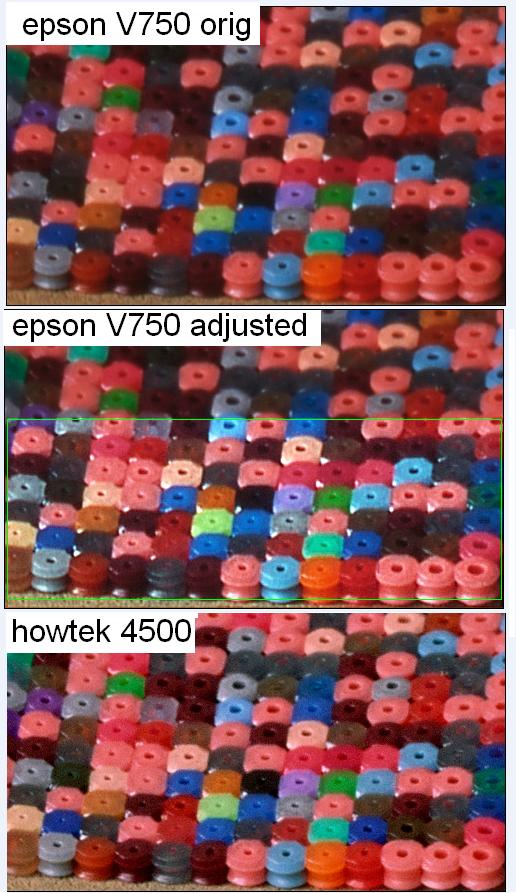Interneg... the quality of the resolution is LP/mm
Tell me how 30 Lp/mm can be better than 40 Lp/mm because that 30 can be of better quality than 40...
Resolution Quality? in what terms? DR? Acutance? Color accuracy? what numbers?
Look, I've been comparing a lot of drum scans (and flextight scans) to v750 scans, and I saw it is very clear when drum matters a lot and when not at all. Also I've been technically evaluating what in hardware (or in the driver) digital image enhancing resources are used or not, and how that can be adressed in post process. One has to know what a human eye can see or not at all.
See here how and edited V750 scan will look like one from a drum. You can take the images from the collaborative LF test and try on your own...
IMHO, most difference is in the man that scans and edits with PS, with the exception of velvia very deep shadows, where a drum rocks, and all (good) flatbeds have same amount of problems with scanning stray light (depending on scene, a very dark overall slide has lower stray light for a flatbed).
Also you will know that real photographic conditions are not lab conditions. If camera has a shake of 0.03mm you won't have 40Lp/mm, Camera planes are not exactly aligned, there is tolerated DOF... etc, etc, etc...
So it is difficult to find negatives that will need extreme scanner performance to shine. It is true that expensive scanners cook internally more the image by default, but you always can do that with Photoshop.
At the end what counts is photographer.






 Reply With Quote
Reply With Quote



Bookmarks